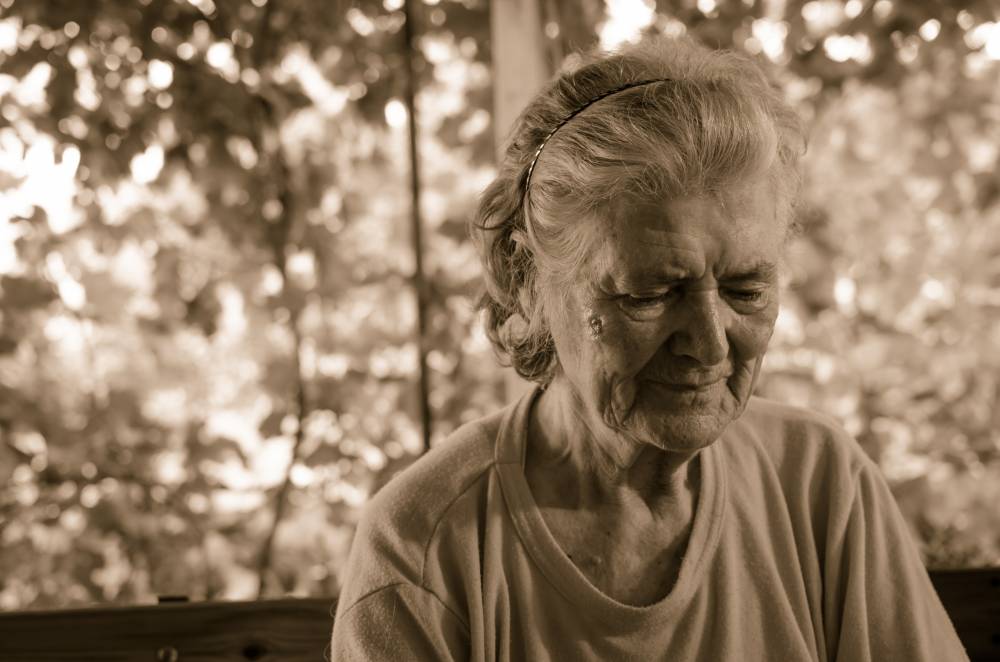
Geriatrician Kate Gregorevic spoke to HelloCare as she rushed from work at the hospital to her home, where she would be relieving her husband of his home-schooling responsibilities for their three young children.
“It’s so hard for everyone in Melbourne right now,” she admitted of the stage-4 lockdown restrictions.
Dr Gregorevic works at Royal Melbourne Hospital, where she cares for older patients with COVID-19. The experience has been unlike anything she has experienced before, she said.
“When my patients first become unwell, they’re often just a bit tired. They start with lethargy. It’s very non-specific.”
The general nature of the symptoms makes detection of COVID-19 incredibly difficult, she said.
“Some of my patients haven’t gotten fevers, despite the fact they’re becoming really unwell. Some of my patients who have died, haven’t even had much respiratory symptoms.”
“Some people have had no symptoms at all. It’s an incredibly difficult disease to identify,” she said.
Dr Gregorevic said the elusive nature of the symptoms is one of the reasons the virus has been able to spread so rapidly in aged care facilities.
“It’s so difficult to identify, and so difficult to contain,” she said, her voice rising with frustration.
“If someone is showing as a bit more tired than normal, and they walk out into the dining room, potentially they’ve already infected people without anyone knowing there was a problem,” she said.
Staff shortages also made it challenging in aged care, she said.
“Aged care facilities are often run with staff working above and beyond, even at the best of times. They rush from one person to the next, trying to get them all showered, and then you add in the extra time needed for infection control. It’s incredibly difficult.”
Dr Gregorevic’s work at the hospital has been complicated by the fact that families can’t visit their loved one.
“Normally we’d always try to involve people’s families in care, but we can’t have people there at the moment,” she said.
“The nurses are doing their absolute best and try to hold patients’ hands, but they’ve also got their jobs to do.”
Dr Gregorevic said she has stopped visiting aged care facilities because numerous staff at Royal Melbourne have been infected with COVID-19.
“I feel a duty of care to my patients in residential aged care, but I feel more of a duty not to inadvertently be the cause of COVID-19 outbreak,” she said.
Hospital staff have been working together, and spirits have remained high considering the circumstances.
“We all know we’ve got a skill set that’s highly valuable at the moment. We know we need to pull together. And so, at the moment, we’re focusing on getting the job done. We’re focused on providing the best possible care we can for our patients.”
Patients with dementia are finding being in hospital with COVID-19 particularly difficult.
“They get confused with all these people around them in gowns and face shields and masks.
“We do our best with our eyes, but it’s not the same as they way we’d usually use our facial expressions to offer that extra bit of reassurance and communication.”
“We try to explain what’s going on, but it is very hard,” said Dr Gregorevic.
Dr Gregorevic believes there is a “direct conflict” between running aged care businesses for shareholder profit, with an obligation to provide profits to shareholders, and providing care to some of the most vulnerable people in the community.
Older people “often… cannot advocate very well for themselves. Often they’ve got dementia or they might not have English as their first language, or they might have other communication difficulties,” she said.
Despite any perceived conflict of interest, Dr Gregorevic said this does not prevent aged care workers from doing their best for residents.
“The staff in the facilities are some of the most amazing people I’ve ever met, they go above and beyond.”
Dr Gregorevic is the author of ‘Staying Alive’, published by Pan Macmillan.
You can also read more about Dr Gregorevic on her website.